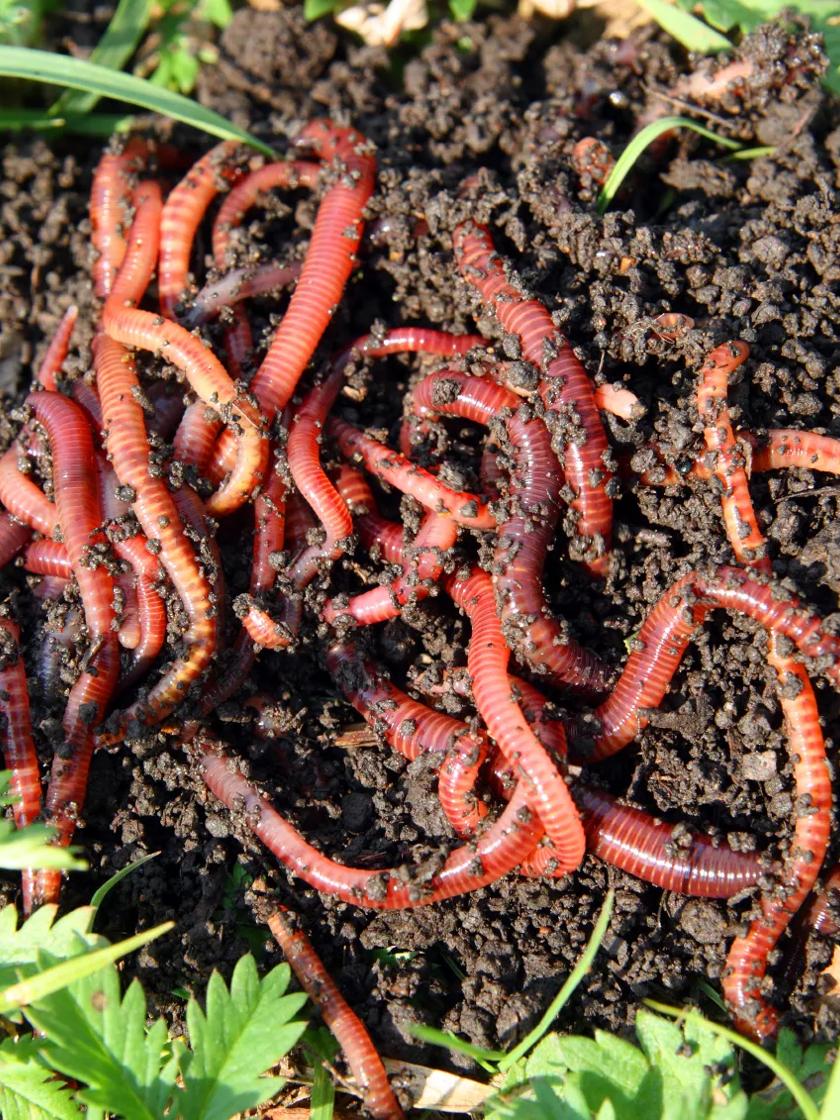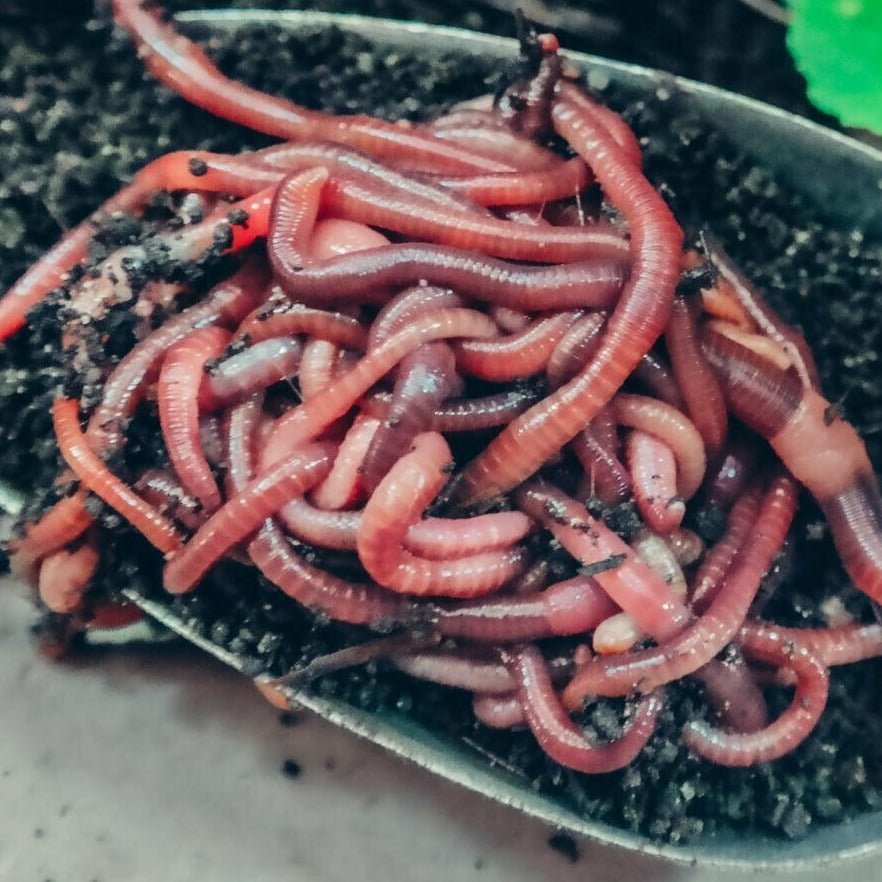Just How Red Wigglers Can Transform Your Composting Experience
The combination of red wigglers right into composting practices supplies a transformative strategy to lose administration and soil enrichment. These microorganisms not just speed up the disintegration procedure but likewise produce nutrient-dense vermicompost that boosts dirt health and fertility. Their flexibility to numerous atmospheres makes them a suitable alternative for both newbie and skilled composters alike. Comprehending the particular requirements and advantages connected with preserving a growing worm populace is critical for optimizing their possibility. What methods can one use to make sure an effective vermicomposting experience?
Benefits of Red Wigglers
Red wigglers, scientifically called Eisenia fetida, are a cornerstone of reliable composting systems as a result of their impressive capacity to decay raw material efficiently. These worms succeed in transforming kitchen area scraps, yard waste, and other organic products right into nutrient-rich compost, commonly described as worm spreadings. Lake Hickory Bait. This procedure not just lowers garbage dump waste but additionally contributes to lasting gardening techniques
One of the main advantages of red wigglers is their high recreation rate, enabling them to inhabit a composting atmosphere rapidly. This fast multiplication enhances decomposition prices, leading to faster garden compost manufacturing. Additionally, red wigglers grow in a diverse series of problems, making them versatile to various composting arrangements.

Establishing Up Your Worm Container
(Red Wiggler Express)To develop an effective worm container for composting, mindful interest needs to be offered to its design and environment. An optimal worm bin should be created of materials that are sturdy yet enable for necessary airflow, such as plastic or timber. The size of the container can differ, yet a quantity of roughly 1 square foot per pound of worms is a good starting factor.
Ensure that the bin has water drainage openings to avoid water build-up, which can result in anaerobic problems harmful to the worms. Furthermore, integrating air flow holes will assist keep proper humidity levels and oxygen flow.
Next, it is important to supply bed linens for the worms, which can include shredded newspaper, cardboard, or coconut coir. This bed linen not just offers a habitat for the worms yet additionally aids in moisture retention.
Position the worm container in an area that keeps a temperature level series of 55-77 ° F(13-25 ° C) to optimize worm activity. Avoid placing the bin in direct sunlight or severe temperatures. By complying with these standards, you can produce a helpful environment for red wigglers, improving the performance of your composting process.
What to Feed Your Worms

(Lake Rhodhiss Bait)Red wigglers specifically take pleasure in soft, moist foods like watermelon skins, cucumber peels, and banana peels. Nevertheless, it is important to stay clear of feeding them citrus fruits, onions, and garlic, as these can be detrimental to their wellness. Additionally, cooked foods, dairy items, and meat ought to be purely stayed clear of, as they can bring about odors and attract parasites.
Providing a constant feeding timetable will assist keep your worm populace thriving while enhancing the total performance of your composting initiatives. By comprehending what to feed your worms, you lay the groundwork for an effective and lasting composting experience.
Keeping a Healthy And Balanced Habitat
Producing a growing composting environment for red wigglers calls for focus to their environment, as it directly influences their health and efficiency. The perfect environment ought to maintain a well balanced moisture degree, commonly in between 60-70%. Too much wetness can lead to anaerobic conditions, while insufficient dampness might dry out the worms.

The bed linens product in the compost should be diverse and shredded, incorporating products like cardboard, paper, and coconut coir. This not only supplies a comfortable atmosphere yet also acts as a food resource. Lake Hickory Bait. On a regular basis looking for odors or indications of bugs can assist determine possible issues before they rise
Finally, keeping a well balanced pH level, preferably between 6 and 7, guarantees a favorable environment for red wigglers, fostering their ability to procedure natural issue efficiently. By addressing these aspects, you can produce a sustainable and efficient composting community.
Harvesting and Making Use Of Compost
Harvesting compost from a worm bin is a gratifying process that changes organic waste right into nutrient-rich product for yards and plants. When the composting cycle is total, normally after 8-12 weeks, it's time to collect the vermicompost. The primary step includes dividing the red wigglers from the finished garden compost. This can be done making use of methods such as the "light" technique, where worms are drawn in to light and can be scooped away from the top layers, or by relocating the garden compost to one side of the bin and including fresh bedding to the opposite, urging the worms to migrate.
When the worms are removed, the staying compost can be looked to get rid of any kind of bigger fragments or undecomposed product. This rich compost can be used straight to yard beds, blended into potting dirt, or made use of as a leading dressing for potted plants.
Conclusion
Integrating red wigglers into composting methods significantly improves the decomposition procedure and adds to the production of nutrient-rich vermicompost. The resulting worm spreadings enhance dirt structure, fertility, and microbial activity, ultimately advertising healthier plant growth.